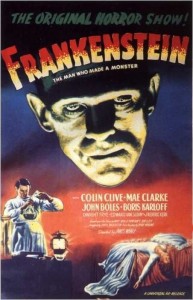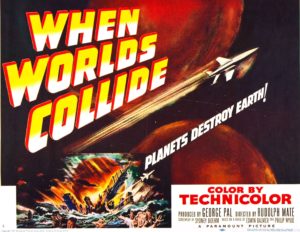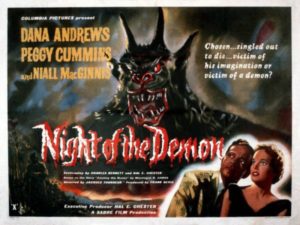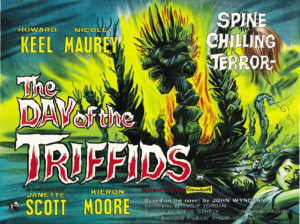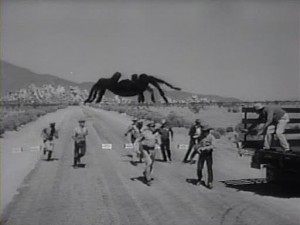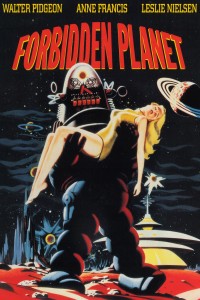Six million Jewish people, five million others, and even more war dead what made it possible for that evil empire to kill so many people? Of course I an not talking about the technical problems. Mass industrialization make many things formerly impossible, from moon landings to genocide, possible, but that doesn’t provide the will, the commitment to carry out such monstrous deeds. It is that commitment that is truly frightening.
Think for a moment on the 80’s genre movie They Live. (Spoilers ahead.) Nada played by the late Roddy Piper discovers, thanks to special sunglasses, that a secret cabal of alien living amongst us has been directing human affairs. They control the media, the economy, and the government. Some are in positions of great power and others occupy more menial posts such as police officers. When his eyes are opened to the truth, he goes on a killing spree, killing the aliens wherever he finds them. Soon he is pulled into a secret resistance group of people who know the true, who see behind the lies and the propaganda, and are dedicated to fighting this clandestine subversive threat.
Because the film is clearly set in Nada’s Point Of View and he is in no manner presented as insane or otherwise as an unreliable narrator, we the audience accept the premise of the a small group of beings secretly controlling world events as factual (within the confines of the story) and judge Nada’s killing spree not as murder but as justified. Accepting the worldview justifies the horrific murders.
For the Hitler and the NAZIs the anti-Semitism was not a tool, it was not propaganda, it was not a way to motivate followers and seize power, it was a worldview. It was a sick, insane conspiratorial view rooted in hatred that created their goals not their methods. I am reminded of a documentary The Goebbels Experiment which consisted of archival footage and Kenneth Branagh reading from the propaganda minister’s private journals. When the Enabling Act passed, making Hitler absolute dictator of Germany Goebbels didn’t note privately that they finally had the power to crush their enemies, that they had taken what was they thought of as rightfully theirs, no he wrote that at last they were ‘free.’ He believed, utterly and insanely, that they had been living in a world as controlled as Nada’s in They Live.
There is a bit if advice often floated to writers – the villain is the hero of his own story, and that is true. It is a lesson we must also apply with vigilance to the real world.
When people of position and power put forth conspiratorial explanations for how the world works, we must not let ourselves be lulled into complacency with notions of ‘just talk’, ‘playing to the room’ or that’s for ‘internal consumption.’ We need to always take such statements as dangerous examples of their worldviews and be prepared to fight them.

